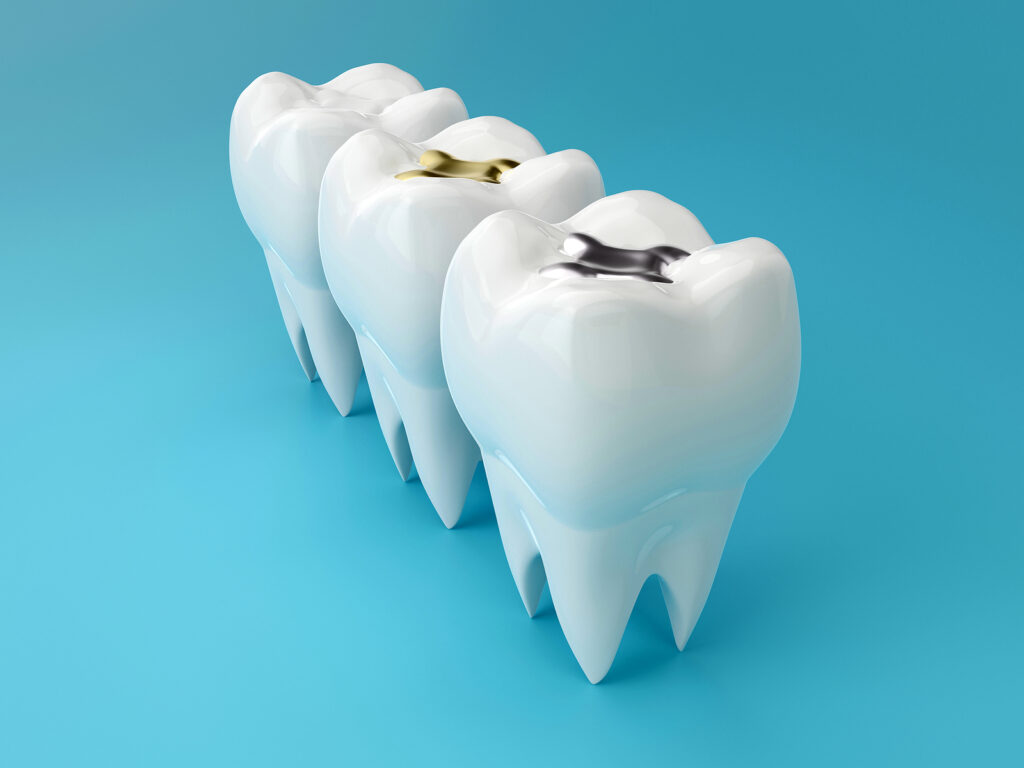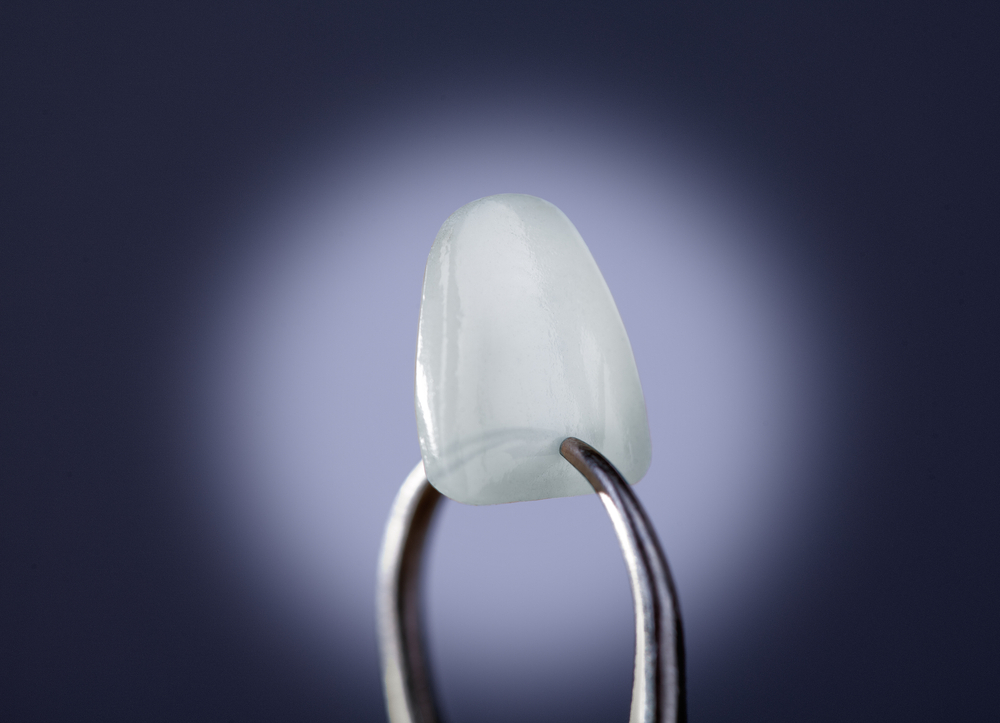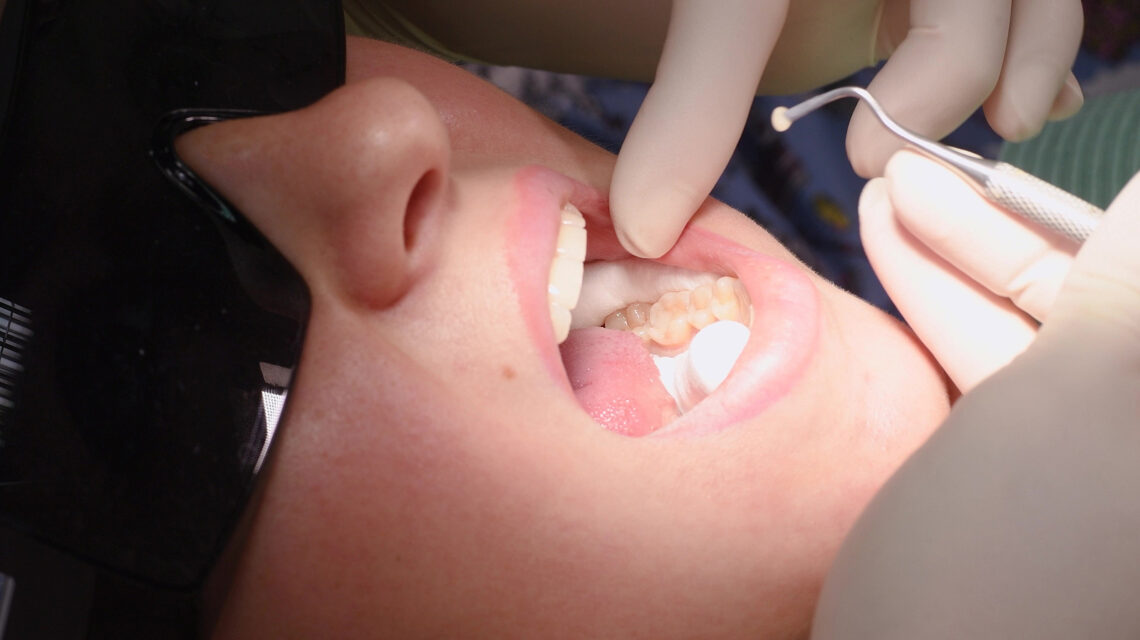The cost of a dental filling varies based on several factors. The location of the filling – teeth in the back of the mouth are more difficult to reach than front teeth – can have a significant impact on the cost. Other factors that can influence the price are complications that must be treated, such as impacted molars. Dental sedation may also be a factor. This article will explore these factors to help you decide which type of filling to get.
Table of Contents
Composite resin

A composite resin dental filling costs around $135 to $240 per tooth surface. It requires less tooth preparation than amalgam or other metal fillings, and the material bonds to the tooth surface. This material lasts for 15 years or more and costs about half as much as gold fillings. However, some dental plans cover more than half of the cost of composite resin fillings. If you have a broken amalgam filling, your insurance company might cover the entire cost. If not, you can pay out of pocket, ranging from $135 to $240 for one surface of the tooth.
The dentist will first numb the tooth with a local anesthetic, then remove the decayed portion of the tooth. Next, he or she will clean and sterilize the area. Next, a bonding agent is used to adhere the composite resin to the tooth's surface. Finally, the dentist will shape the filling using a drill. While the procedure can take up to an hour, the cost of the composite resin dental filling is well worth it.
Since dental fillings are medically necessary, the cost can be covered by most insurance plans. Although composite and amalgam fillings are not considered cosmetic procedures, they are still covered by most dental insurance plans. The cost of these procedures depends on the type of material used to fill the cavity. Generally, tooth-colored resin is cheaper than amalgam, and your insurance may pay for the entire procedure. However, different policies apply to the two types of filling. If you are new to your insurance plan, make sure to check with your dentist or contact your insurance provider.
If you want to avoid the high costs of amalgam fillings, the composite resin is the way to go. The process is relatively quick and painless and restores up to 85 percent of your tooth's strength. Unlike amalgam, composite fillings don't cause galvanic shock, which happens when metals react with saliva. They also require less tooth preparation than amalgam fillings, which is a great benefit for patients.
Gold

A gold dental filling is a relatively expensive procedure, but they can last decades. However, gold fillings are not as common as they once were, and they can cost anywhere from $300 to $1,800 for just one surface of the tooth. Gold fillings are a nice, go-between filling for people with moderate to severe decay, but they also tend to be more expensive than silver fillings. Here's what to know about gold dental filling costs.
As a result of the price of gold fillings, you can expect to pay at least $150 if you're not covered by insurance. The cost of the procedure depends on how complex the filling is and how much work needs to be done to restore the tooth. Although there are some risks associated with amalgam fillings, the FDA considers them safe and only a small minority of people develop allergic reactions to mercury. For this reason, you can expect the cost of a gold dental filling to be much higher than the cost of a silver or gold filling.
Composite resin fillings, on the other hand, are slightly cheaper than gold fillings, but they can last up to 15 years if cared for properly. If you have a high dental insurance plan, a composite resin filling could cost you about $240. Porcelain fillings, on the other hand, cost from $700 to $1,418 per tooth. In addition to gold fillings, you can also get porcelain fillings (also known as inlays), which are aesthetically pleasing but can cost up to $1,418 per tooth.
Another benefit of gold fillings is their durability. They can withstand chewing forces much better than other materials. The gold fillings will last for a decade or more, which is excellent news for patients who grind their teeth. However, gold fillings can be expensive, and they can run up to ten times the price of silver fillings. Also, gold fillings can result in galvanic shock if they are not properly cared for.
Tooth-colored fillings

Tooth-colored fillings are less expensive than porcelain fillings. They are often offered for a flat rate per tooth, saving both doctors and patients from arranging delivery costs. This procedure is also covered by most dental insurance plans. For patients who do not have dental insurance, tooth-colored fillings are also a great option. Patients who do not have dental insurance, however, should check with their dental plan to determine coverage and other costs.
Tooth-colored fillings are made of composite resin, a substance comprised of ultra-fine pieces of glass and dental ceramic. This material bonds well to the tooth's natural structure and effectively seals out bacteria. Because it is color-matched to the tooth, it can blend in with the rest of a person's smile. Composite resin also requires less tooth enamel to be removed. It also won't damage the tooth when exposed to extreme temperatures. And it lasts up to 15 years.
Typically, tooth-colored fillings cost more than silver fillings. However, many dental plans will cover at least 50 percent of the cost of tooth-colored fillings. Dental insurers consider tooth-colored material cosmetic, so they only cover the full cost of a tooth-colored filling if it's a cracked tooth. If you don't have dental insurance, you can still choose to pay for the treatment out of pocket.
Inlay and Onlay are two common types of tooth-colored fillings. Inlays fill cavities inside the tooth, surrounded by healthy tooth structure on all sides. Onlays, on the other hand, fill teeth with decay or trauma and repair the affected part. The difference in cost is only slight. And the difference in cost is apparent in the final result. Depending on the extent of decay or trauma, an inlay may be the best option for you.
Dental sedation

While dental insurance companies may cover the cost of sedation for major procedures, most policies do not cover the procedure unless it's an emergency. Thankfully, you can seek out financing options that will help you make the payments on your sedation bill. Your dentist may offer financing plans through CareCredit or offer in-house savings programs. If you're worried about the cost, consider speaking with a psychologist.
For moderate cases of dental anxiety, oral conscious sedation can be used. In this approach, the patient remains awake but is relaxed but unconcerned about their surroundings. In severe cases, however, a dentist may administer a stronger, more powerful sedative directly into the bloodstream. IV sedation is more expensive, and it does not induce unconsciousness. The more powerful sedation, however, is worth the extra money. It can also be covered by insurance policies, but this cost will depend on the type of sedative used and the amount of the procedure.
In general, dental sedation is safe for most patients. However, there are some health conditions that can increase the risk of complications. For example, pregnant women and patients with respiratory diseases and certain allergies may not be good candidates for oral or IV sedation. Some people who suffer from sleep apnea or asthma may be only given nitrous oxide. For those with more severe dental anxiety, self-hypnosis techniques can be helpful.
While most insurance plans cover a filling cost with dental sedation, they often do not cover oral sedation. Therefore, patients without dental insurance are unlikely to qualify for the treatment. They should consult with their dental team before choosing a sedation provider. The dental team can give you an estimate of the cost of sedation. However, the insurance company does not cover dental sedation as a medical necessity, so the cost will likely be higher for them.
The time needed to fill the cavity
The time needed to fill a cavity depends on the size of the cavity and other factors. A small cavity may take only 20 minutes to fill, while a larger cavity could take an hour or more. The larger the cavity, the more tooth decay must be removed, and therefore, the time needed to fill it is greater. On the other hand, a small cavity only requires a few minutes to clean and fill. The time required to fill a cavity is usually determined by the number of surfaces and the size of the cavity. The dentist may use a metal explorer to find the cavity, which will change its color from brown to yellow once the cavity has been filled.
Once the dentist has determined the type of cavity, he will use a dental drill to remove any decay and prepare the tooth for filling. The filling material may be applied in layers and cured under ultraviolet light. This hardens the material and helps it mold itself to the tooth. Typically, the filling procedure takes about an hour, although it may take longer if more than one hole is present or if there is extensive decay on a tooth.
The dentist will choose between several types of materials to fill the cavity. Some of these are cosmetic and will cost more, while cheaper options are made of plastic and will take less time. However, the time needed to fill a cavity depends on many factors, including the size of the cavity, the location of the cavity, the degree of decay, and the type of filling material used. The dentist will determine which materials are the best for your tooth and your budget.


